
Service Offerings
Smallholder Financing Accessible Mechanization Post Harvest Solutions Commodity Trading Climate Smart Agriculture InclusionHead Office
Tel: +234 815 728 9590 Email: info@supertechfoods.com Web: www.supertechfoods.com Address: Plot 155, Okotie Eboh Street, Utako District, FCT Abuja.1. Conservation Tillage: Minimizing Soil
Disturbance for Long-term Gains
The visible plant residues scattered across the field are an indication of conservation tillage methods, such as no-till or minimum tillage. These methods involve reducing soil disturbance, which brings numerous advantages: Soil Structure Preservation: Maintaining the natural structure of the soil allows for improved water infiltration and air exchange, critical for root growth. Moisture Retention: With less soil disturbance, the soil retains moisture more effectively, reducing the need for excessive irrigation. Erosion Control: The residues act as a buffer against wind and water erosion, preventing the topsoil from being depleted. Organic Matter Increase: Conservation tillage allows for the gradual buildup of organic material in the soil, fostering healthier crops over time. Reducing tillage also promotes microbial activity and root penetration, enhancing the overall fertility and structure of the soil. This method is foundational to sustainable farming and is increasingly adopted worldwide for its long-term benefits.



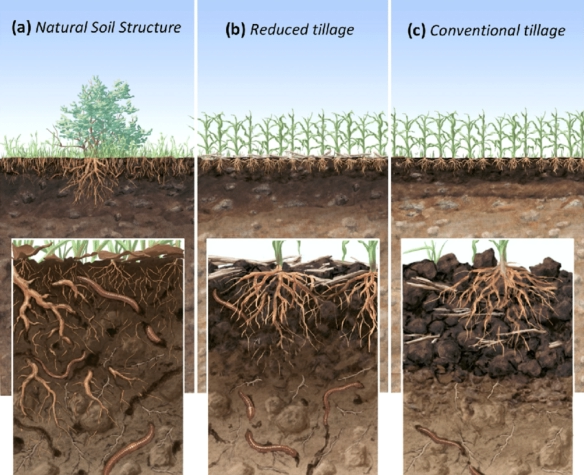

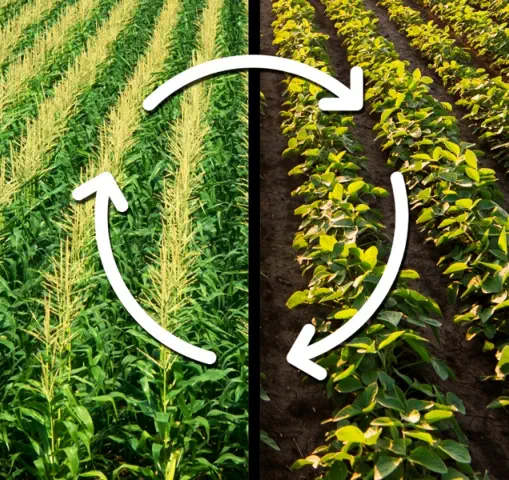
4. Crop Rotation: Breaking the Cycle of
Pest and Soil Depletion
Crop rotation is another critical practice in sustainable agriculture. Alternating soybeans with other crops, such as maize or legumes, offers a variety of benefits: Pest and Disease Control: By rotating crops, farmers can disrupt the lifecycle of pests and pathogens that target specific crops, reducing the risk of infestations. Enhanced Soil Fertility: Rotating with nitrogen-fixing legumes improves soil nitrogen levels naturally, reducing the need for synthetic fertilizers. Improved Soil Structure: Different crops have different root structures, which contribute to soil aeration and organic matter buildup. Through effective crop rotation, soybean farmers can maintain soil vitality, ensuring the sustainability of their fields for future plantings.


Sustainable Soybean Production
Practices in the Field: A Model for
Future Agriculture
Sustainability is at the heart of modern agriculture, particularly in
soybean production. By adopting practices that balance
productivity and environmental stewardship, farmers can achieve
long-term success while preserving soil health and reducing their
reliance on synthetic inputs.
5. Sustainable Fertilization: Boosting
Productivity with Organic Inputs
Modern soybean production is shifting away from heavy reliance on synthetic fertilizers. Instead, farmers are embracing sustainable fertilization practices that focus on natural soil enrichment. These practices include: Organic Amendments: Applying organic manure or compost to enhance soil organic matter and boost microbial activity. Nitrogen-Fixing Bacteria: Inoculating seeds with bacteria like Rhizobium, which helps soybeans naturally fix nitrogen from the atmosphere, reducing the need for synthetic nitrogen fertilizers. These methods not only lower input costs but also improve soil health, preventing the buildup of harmful chemicals that can degrade soil quality over time.

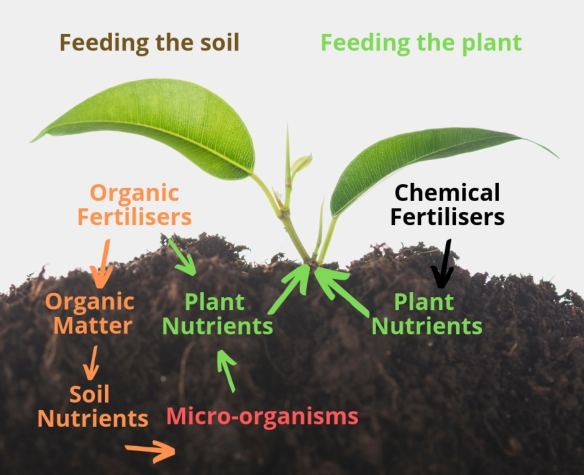
2. Cover Cropping and Mulching: A
Shield for the Soil
The residues from previous crops seen in the field likely originate from a cover crop, which serves as a protective mulch for the young soybean plants. The benefits of cover cropping and mulching include: Soil Erosion Control: The plant residues reduce the impact of raindrops, preventing soil particles from being displaced by water runoff. Weed Suppression: By forming a protective barrier over the soil, this method minimizes the need for herbicides. Nutrient Cycling: As the cover crops decompose, they return essential nutrients like nitrogen and phosphorus to the soil, enriching it for the soybean plants. Water Retention: Mulch helps the soil retain moisture, a critical factor in regions prone to erratic rainfall. The dual benefit of nutrient enhancement and moisture retention not only improves crop yields but also reduces the reliance on external inputs like chemical fertilizers and excessive irrigation.



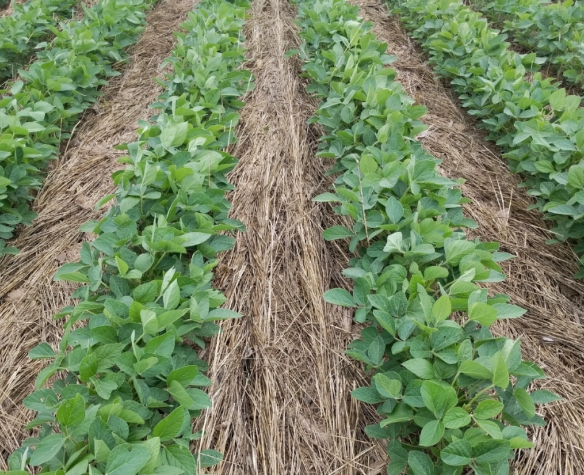
3. Integrated Pest Management (IPM):
Balancing Nature and Control
Sustainable soybean production also incorporates Integrated Pest Management (IPM), which involves a holistic approach to managing pests with minimal chemical use. While this method isn't visible in the image, it's integral to eco-friendly farming practices. Key IPM strategies include: Field Monitoring: Regular scouting of fields allows for early detection of pest problems. Biological Control: Encouraging beneficial insects and natural predators to maintain pest populations at manageable levels. Mechanical Control: Techniques such as traps or physical barriers can help reduce pest damage. Targeted Pesticide Use: Applying pesticides only when absolutely necessary helps to prevent pest resistance and reduces environmental contamination. By using IPM, farmers can maintain a healthier ecosystem while protecting their crops from pest damage, thus ensuring higher yields with reduced chemical input.



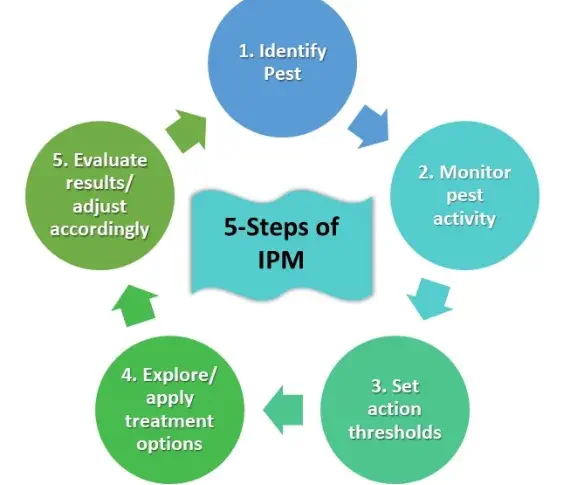
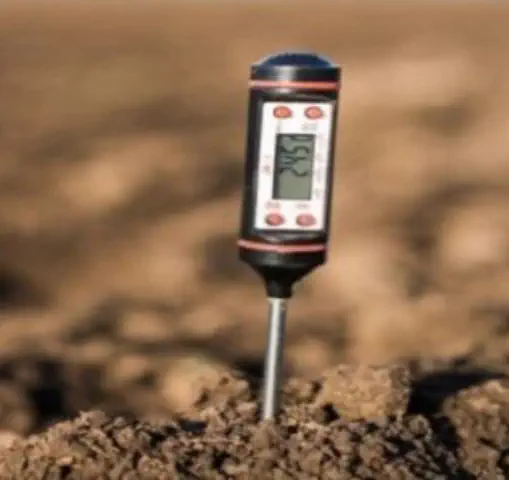
6. Soil Health Monitoring: A Data-Driven
Approach to Farming
Regular soil health monitoring is essential for maintaining optimal growing conditions. Farmers often test for: Soil pH: Maintaining the right pH levels ensures that nutrients are available for plant uptake. Nutrient Availability: Testing for key nutrients like nitrogen, phosphorus, and potassium helps farmers make informed fertilization decisions. Organic Matter Content: Ensuring high organic matter levels promotes soil fertility and crop productivity. With careful monitoring, soybean farmers can fine-tune their inputs to maximize yields while reducing unnecessary chemical applications.


7. Water Management: Efficient Use of
Resources
The moisture retention observed in this field is likely a result of the mulching and cover cropping practices. Sustainable soybean production also incorporates efficient water management techniques, including: Irrigation Systems: Using drip or sprinkler irrigation systems helps farmers apply water more precisely, reducing waste. Water Harvesting: Collecting and storing rainwater for later use ensures that farmers have access to water during dry periods. Soil Moisture Monitoring: By testing soil moisture levels, farmers can apply water only when necessary, avoiding over-irrigation and waterlogged soils. Efficient water management is especially important in regions prone to drought or irregular rainfall, ensuring that water resources are used wisely to support crop growth.


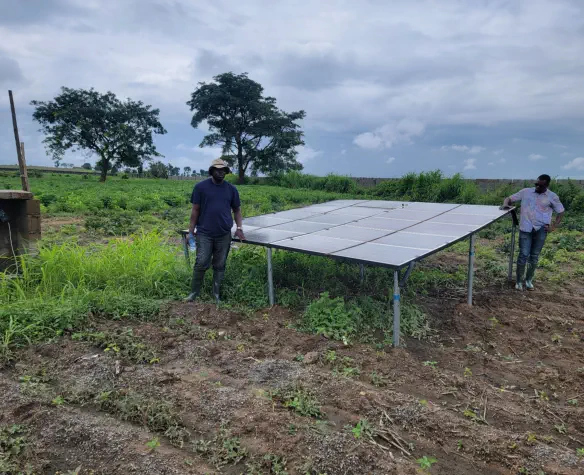
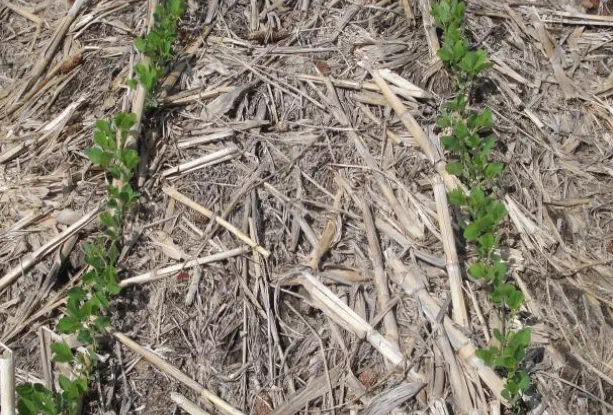
The field depicted in the accompanying image
demonstrates an effective sustainable practice known
as mulching or cover cropping. Here, plant residues
are spread over the soil, providing multiple benefits
such as enhanced fertility, improved moisture
retention, and weed suppression. This method,
combined with a suite of other sustainable farming
techniques, holds the key to increasing soybean
productivity while maintaining ecological balance.
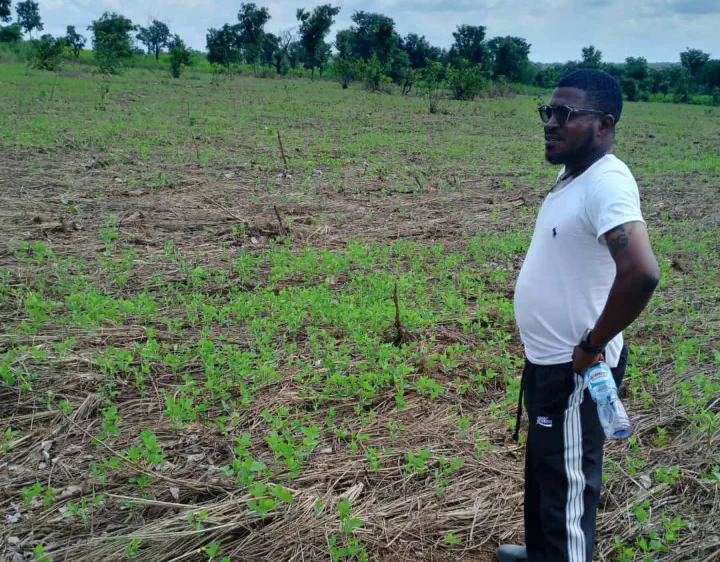
Below is a comprehensive guide to the
sustainable soybean production methods that
can be observed in this field and that are vital
for improving both yield and environmental
health:
© Copyright 2024

Service Offerings
Smallholder Financing Accessible Mechanization Post Harvest Solutions Commodity Trading Climate Smart Agriculture InclusionHead Office
Tel: +234 815 728 9590 Email: info@supertechfoods.com Web: www.supertechfoods.com Address: Plot 155, Okotie Eboh Street, Utako District, FCT Abuja.1. Conservation Tillage:
Minimizing Soil
Disturbance for Long-term
Gains
The visible plant residues scattered across the field are an indication of conservation tillage methods, such as no-till or minimum tillage. These methods involve reducing soil disturbance, which brings numerous advantages: Soil Structure Preservation: Maintaining the natural structure of the soil allows for improved water infiltration and air exchange, critical for root growth. Moisture Retention: With less soil disturbance, the soil retains moisture more effectively, reducing the need for excessive irrigation. Erosion Control: The residues act as a buffer against wind and water erosion, preventing the topsoil from being depleted. Organic Matter Increase: Conservation tillage allows for the gradual buildup of organic material in the soil, fostering healthier crops over time. Reducing tillage also promotes microbial activity and root penetration, enhancing the overall fertility and structure of the soil. This method is foundational to sustainable farming and is increasingly adopted worldwide for its long-term benefits.



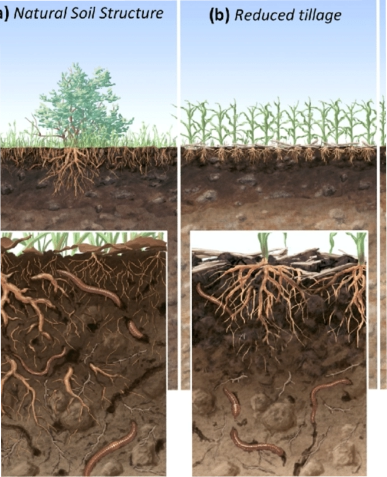
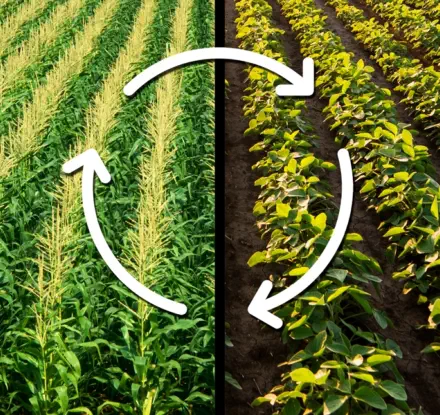
4. Crop Rotation: Breaking
the Cycle of Pest and Soil
Depletion
Crop rotation is another critical practice in sustainable agriculture. Alternating soybeans with other crops, such as maize or legumes, offers a variety of benefits: Pest and Disease Control: By rotating crops, farmers can disrupt the lifecycle of pests and pathogens that target specific crops, reducing the risk of infestations. Enhanced Soil Fertility: Rotating with nitrogen-fixing legumes improves soil nitrogen levels naturally, reducing the need for synthetic fertilizers. Improved Soil Structure: Different crops have different root structures, which contribute to soil aeration and organic matter buildup. Through effective crop rotation, soybean farmers can maintain soil vitality, ensuring the sustainability of their fields for future plantings.


Sustainable
Soybean
Production
Practices in the
Field: A Model for
Future Agriculture
Sustainability is at the heart of
modern agriculture, particularly in
soybean production. By adopting
practices that balance productivity
and environmental stewardship,
farmers can achieve long-term
success while preserving soil health
and reducing their reliance on
synthetic inputs.
5. Sustainable Fertilization:
Boosting Productivity with
Organic Inputs
Modern soybean production is shifting away from heavy reliance on synthetic fertilizers. Instead, farmers are embracing sustainable fertilization practices that focus on natural soil enrichment. These practices include: Organic Amendments: Applying organic manure or compost to enhance soil organic matter and boost microbial activity. Nitrogen-Fixing Bacteria: Inoculating seeds with bacteria like Rhizobium, which helps soybeans naturally fix nitrogen from the atmosphere, reducing the need for synthetic nitrogen fertilizers. These methods not only lower input costs but also improve soil health, preventing the buildup of harmful chemicals that can degrade soil quality over time.

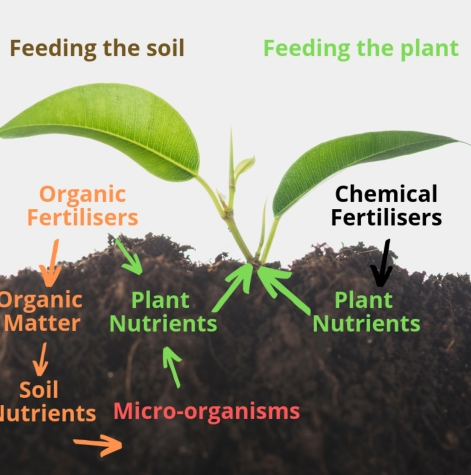
2. Cover Cropping and
Mulching: A Shield for the
Soil
The residues from previous crops seen in the field likely originate from a cover crop, which serves as a protective mulch for the young soybean plants. The benefits of cover cropping and mulching include: Soil Erosion Control: The plant residues reduce the impact of raindrops, preventing soil particles from being displaced by water runoff. Weed Suppression: By forming a protective barrier over the soil, this method minimizes the need for herbicides. Nutrient Cycling: As the cover crops decompose, they return essential nutrients like nitrogen and phosphorus to the soil, enriching it for the soybean plants. Water Retention: Mulch helps the soil retain moisture, a critical factor in regions prone to erratic rainfall. The dual benefit of nutrient enhancement and moisture retention not only improves crop yields but also reduces the reliance on external inputs like chemical fertilizers and excessive irrigation.



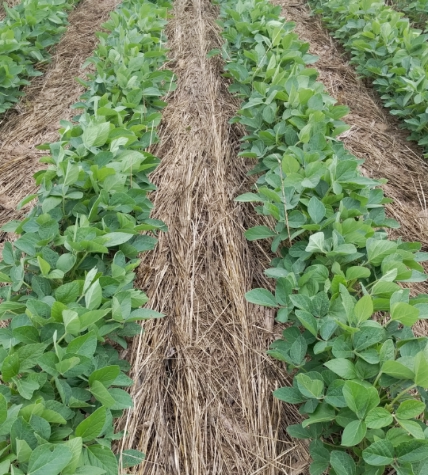
3. Integrated Pest
Management (IPM):
Balancing Nature and
Control
Sustainable soybean production also incorporates Integrated Pest Management (IPM), which involves a holistic approach to managing pests with minimal chemical use. While this method isn't visible in the image, it's integral to eco-friendly farming practices. Key IPM strategies include: Field Monitoring: Regular scouting of fields allows for early detection of pest problems. Biological Control: Encouraging beneficial insects and natural predators to maintain pest populations at manageable levels. Mechanical Control: Techniques such as traps or physical barriers can help reduce pest damage. Targeted Pesticide Use: Applying pesticides only when absolutely necessary helps to prevent pest resistance and reduces environmental contamination. By using IPM, farmers can maintain a healthier ecosystem while protecting their crops from pest damage, thus ensuring higher yields with reduced chemical input.



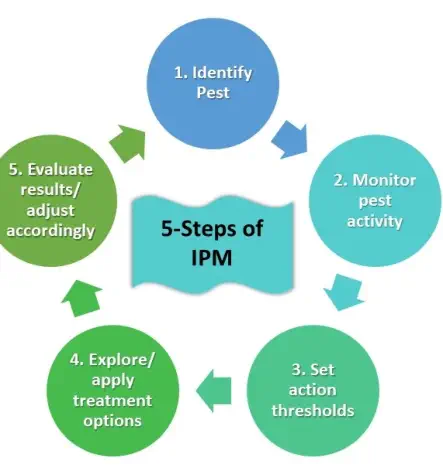
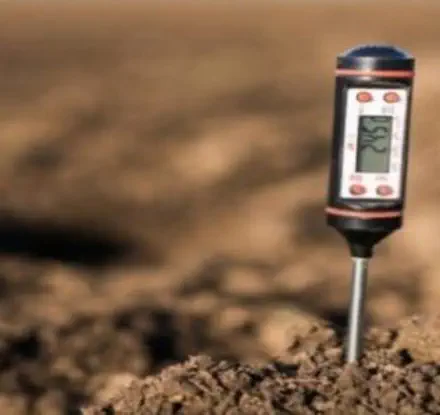
6. Soil Health Monitoring: A
Data-Driven Approach to
Farming
Regular soil health monitoring is essential for maintaining optimal growing conditions. Farmers often test for: Soil pH: Maintaining the right pH levels ensures that nutrients are available for plant uptake. Nutrient Availability: Testing for key nutrients like nitrogen, phosphorus, and potassium helps farmers make informed fertilization decisions. Organic Matter Content: Ensuring high organic matter levels promotes soil fertility and crop productivity. With careful monitoring, soybean farmers can fine- tune their inputs to maximize yields while reducing unnecessary chemical applications.


7. Water Management:
Efficient Use of Resources
The moisture retention observed in this field is likely a result of the mulching and cover cropping practices. Sustainable soybean production also incorporates efficient water management techniques, including: Irrigation Systems: Using drip or sprinkler irrigation systems helps farmers apply water more precisely, reducing waste. Water Harvesting: Collecting and storing rainwater for later use ensures that farmers have access to water during dry periods. Soil Moisture Monitoring: By testing soil moisture levels, farmers can apply water only when necessary, avoiding over- irrigation and waterlogged soils. Efficient water management is especially important in regions prone to drought or irregular rainfall, ensuring that water resources are used wisely to support crop growth.


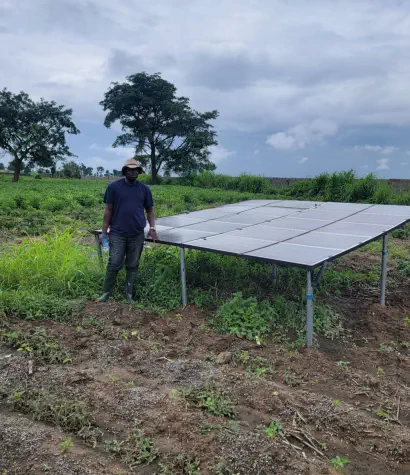

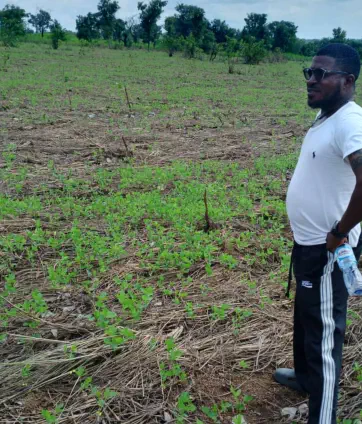
Below is a comprehensive guide to the
sustainable soybean production methods that
can be observed in this field and that are vital
for improving both yield and environmental
health:
The field depicted in the accompanying image
demonstrates an effective sustainable practice
known as mulching or cover cropping. Here,
plant residues are spread over the soil,
providing multiple benefits such as enhanced
fertility, improved moisture retention, and
weed suppression. This method, combined
with a suite of other sustainable farming
techniques, holds the key to increasing soybean
productivity while maintaining ecological
balance.
© Copyright 2024




























